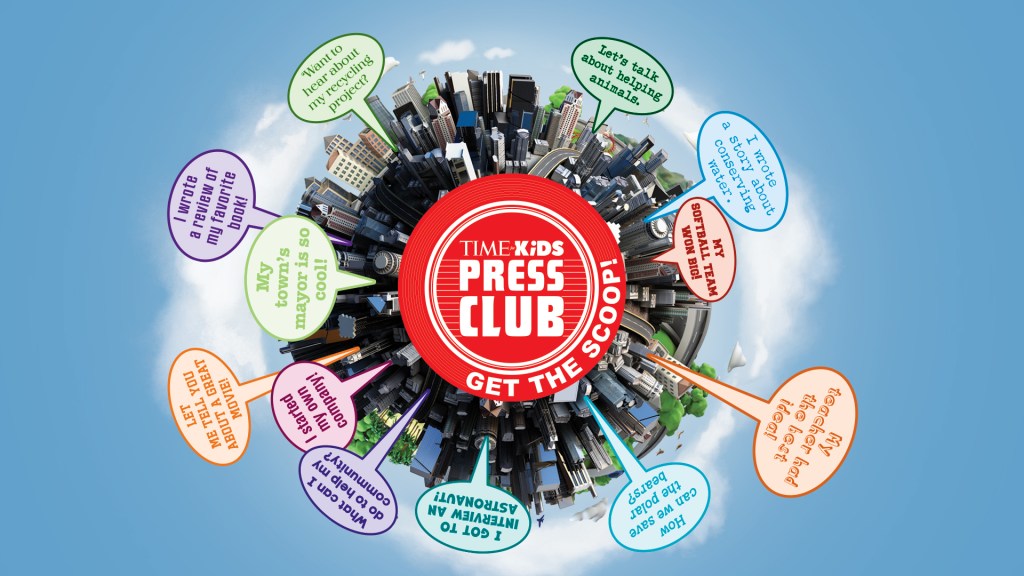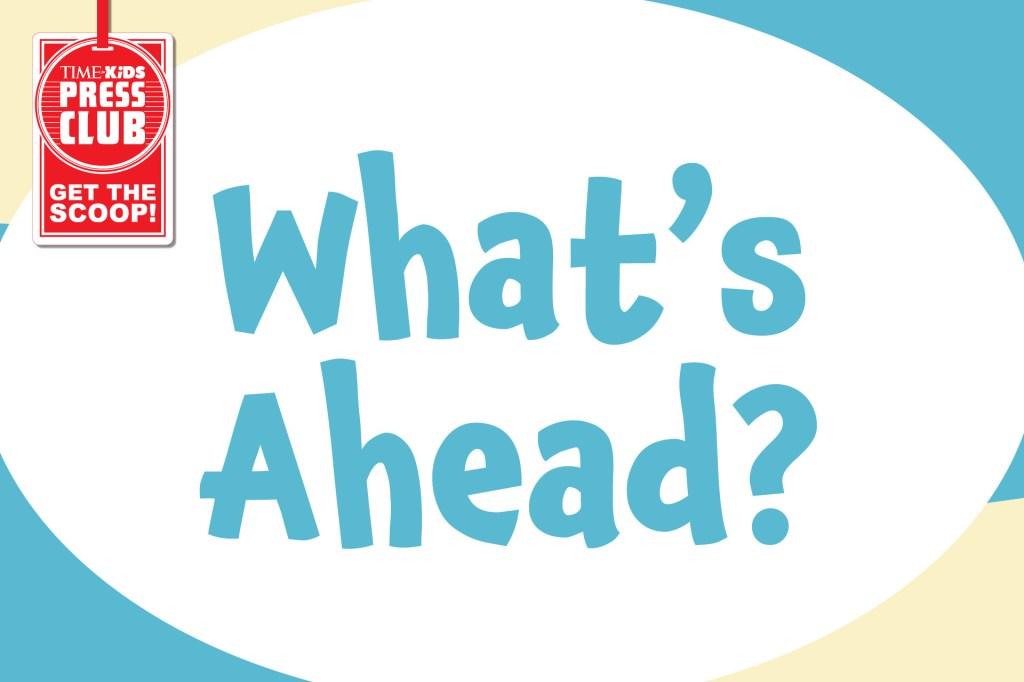Refill, Please!
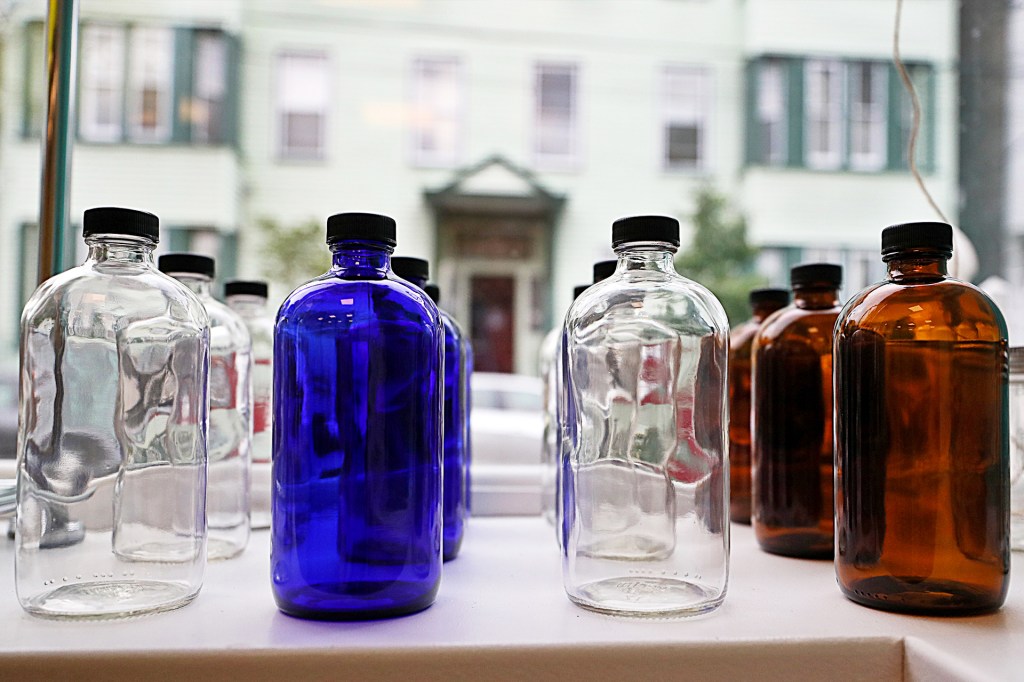
When you toss a plastic bottle into a recycling bin, it probably doesn’t get recycled. According to the World Economic Forum, only 14% of plastic packaging is collected for recycling. One reason is that not all plastic can be recycled. Sometimes, that’s because of the type of plastic, or because it’s contaminated
contaminated
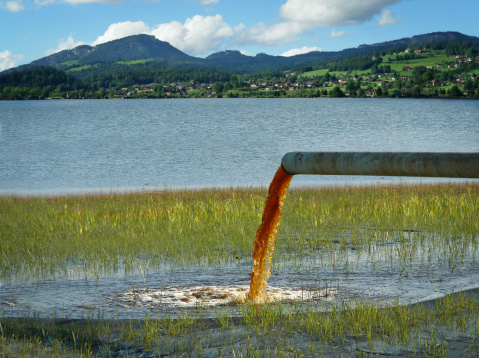 NARVIKK—GETTY IMAGES
polluted; made unfit for use
(verb)
The river was contaminated by a leak at a nearby power plant.
by food waste. Most plastic is burned, tossed into a landfill, or scattered around the natural environment.
NARVIKK—GETTY IMAGES
polluted; made unfit for use
(verb)
The river was contaminated by a leak at a nearby power plant.
by food waste. Most plastic is burned, tossed into a landfill, or scattered around the natural environment.
“Recycling our way out of [the climate crisis] will not work,” says Sander Defruyt, of the Ellen MacArthur Foundation. Experts say companies should replace single-use containers with containers that can be used over and over. These could be metal or glass. And they could be refilled at a store, by a company, or at home.
“Reuse, as well as plain elimination of a lot of packaging we don’t need, will also have to be a crucial part of the solution,” Defruyt says.
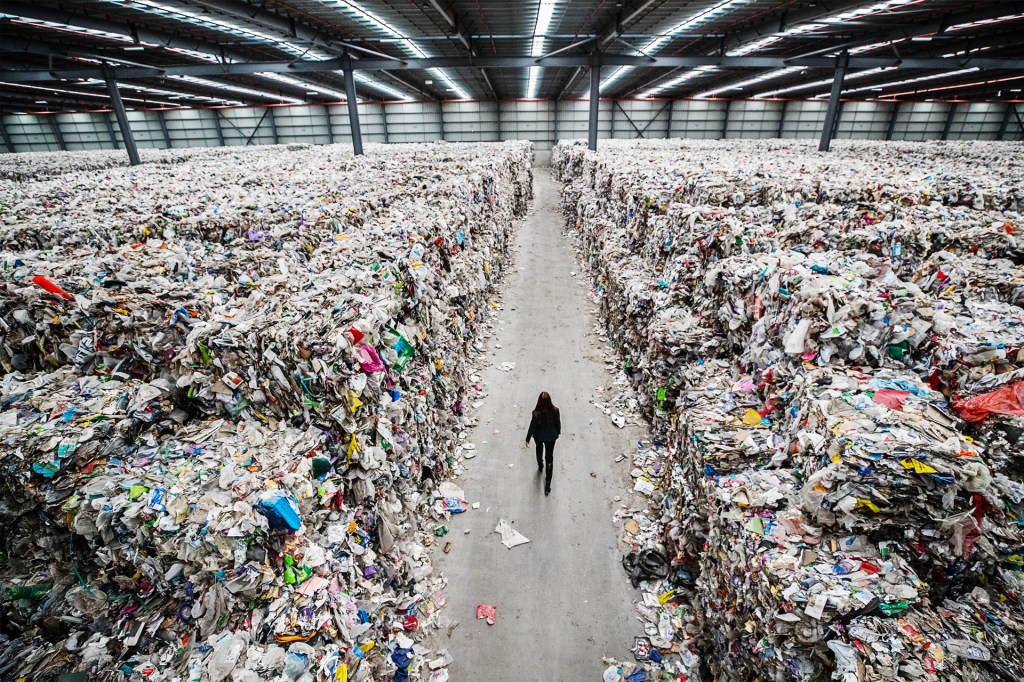
BY THE TON This warehouse in Australia, in 2019, is full of recyclable materials that might go into landfills.
JASON SOUTH—THE AGE/GETTY IMAGESA Growing Market
One company experimenting with reusable packaging is Loop. It sells food and household goods in reusable packaging in Fred Meyer superstores, and will soon expand to Walgreens drugstores.
Several global companies have tested similar programs. But the effect of these programs is still minor. As of 2019, less than 2% of the plastic packaging from dozens of companies—including Unilever, Walmart, and Johnson & Johnson—was reusable, Defruyt says.
But the circular-economy movement has been gaining steam. (See “No More Trash.”) In the United States, the reusable-packaging market for beauty and personal-care products grew by about 65% from June 2020 to May 2021. Unilever has promised to cut its use of new plastic in half within the next few years.
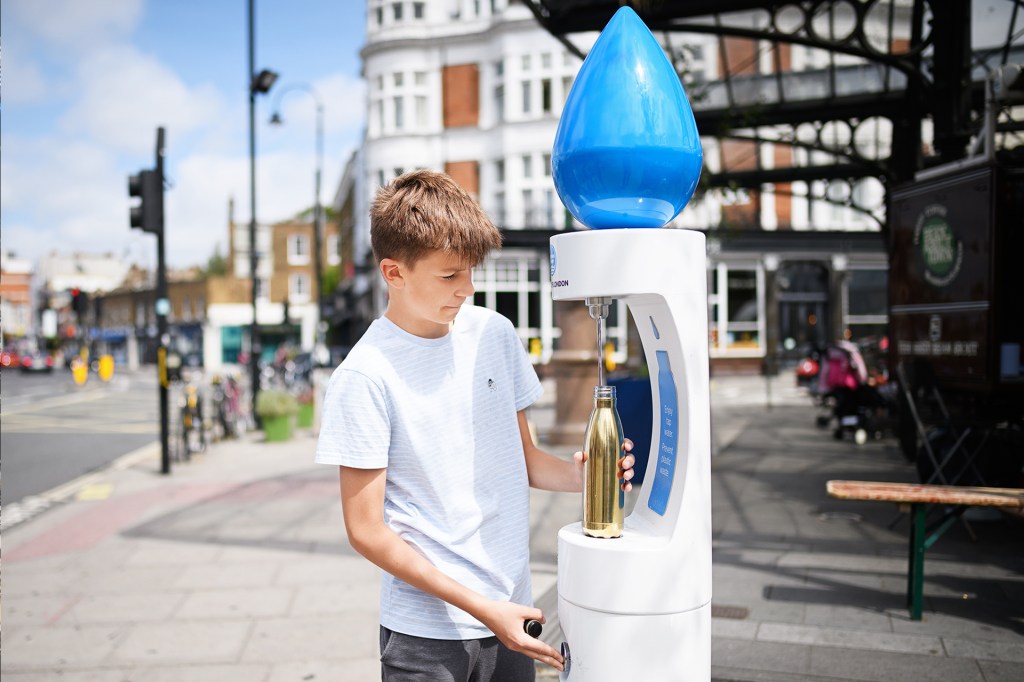
COMMON GOOD A boy fills his reusable water bottle at a free public fountain in London, England.
LEON NEAL—GETTY IMAGESMaking It Work
Can reusable packaging help us save the environment? Shelie Miller is a professor at the University of Michigan’s School for Environment and Sustainability. She says there’s a “payback” period with any reusable item. That’s the number of times it must be reused before it’s actually better for the environment than the single-use alternative. Think about reusable sandwich wrap. The energy and resources needed to make and wash it far exceed
exceed
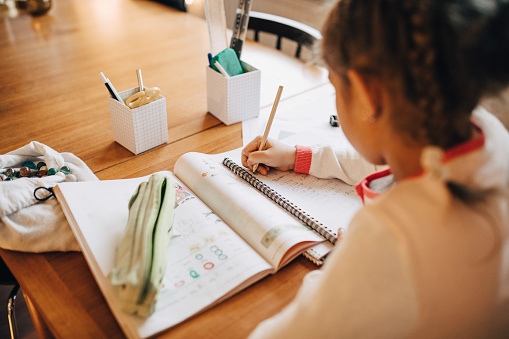 MASKOT—GETTY IMAGES
to go beyond
(verb)
Our principal announced that homework should not exceed two hours a night.
what goes into making disposable bags. But reusable bottles could pay off, Miller says.
MASKOT—GETTY IMAGES
to go beyond
(verb)
Our principal announced that homework should not exceed two hours a night.
what goes into making disposable bags. But reusable bottles could pay off, Miller says.
What consumers do is also important. If someone buys a metal shampoo bottle, gets lazy, and tosses it into the garbage instead of refilling it, that might be worse for the environment than a single-use bottle. That’s because it took more energy to make the reusable metal bottle.
For a reuse program to work, experts say simple is best. Loop used to sell its products online, and customers sent empty containers back for a refill. The company switched to stores to make the process easier. Customers return their bottles in person instead of having to mail them back to Loop.
Tom Szaky founded TerraCycle, Loop’s parent company. He says this new system will make returns even easier. “If you’re already going to walk” to a store, he asks, “what’s the big deal in taking some empties?”
Show Your Mug
Starbucks cafés use about 7 billion disposable cups a year. With the lids, that’s about 40% of the company’s total packaging waste.
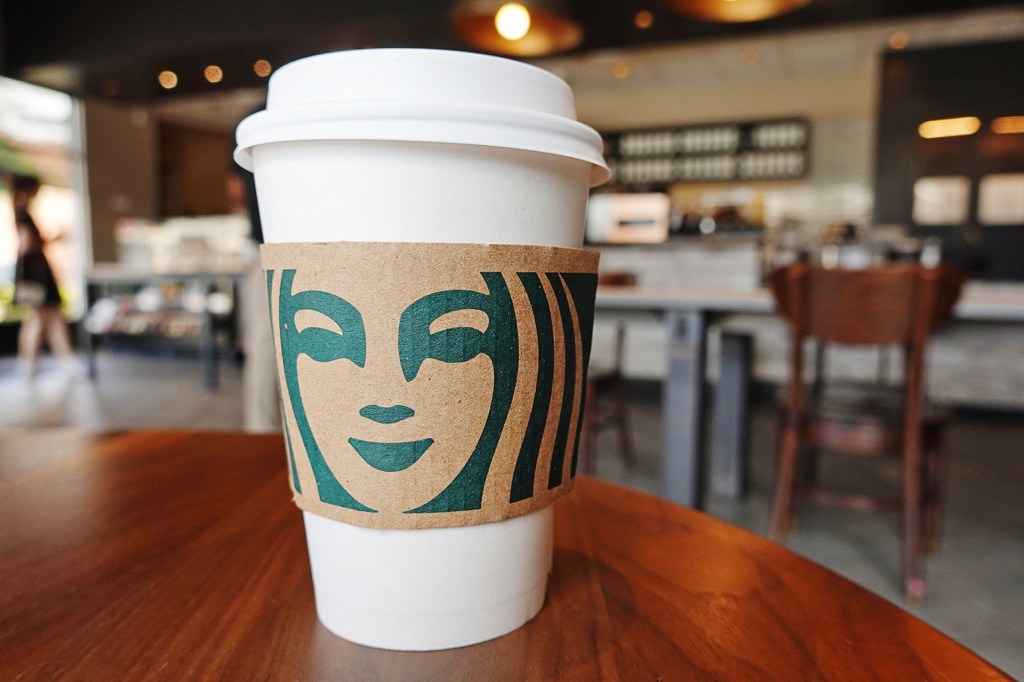
Now Starbucks is looking to phase out those cups. By 2025, the company plans to have borrow-a-cup programs in place. One possible plan involves customers paying a deposit for each reusable cup. When they’re done, they can return the cup to the store. —By Brian S. McGrath





